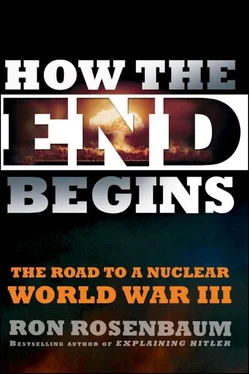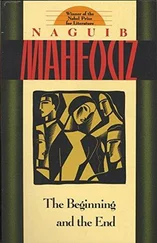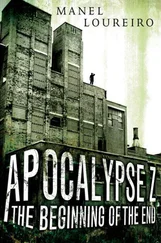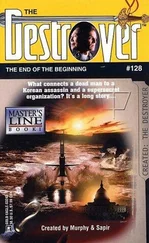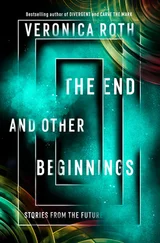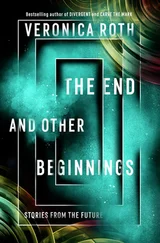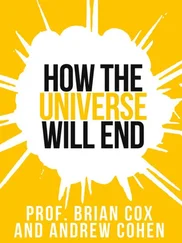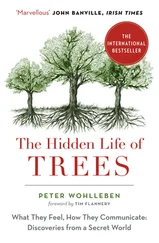To say I felt distinctly out of place in these environments would be an understatement, particularly considering my youthful ban-the-bomb activities (actually little more than mailing in membership requests to an indiscriminate variety of peacenik groups such as the Quaker-sponsored Fellowship of Reconciliation, the War Resisters League, and undoubtedly some anti-nuke communist fronts.)
It’s true that after exposure to the foreign policy “realists” at Yale, with their sophisticated game theory analyses of nuclear strategy I’d become uneasily “sophisticated” myself. Or maybe “conflicted and torn” would be a better way of putting it. I hadn’t learned to “love the bomb” à la Strangelove but I’d learned to live with it. Yet I still felt the lingering thrill of the “nuke porn” films and novels I’d devoured as an adolescent and which turned me into a peacenik, the ones like Failsafe, where the trembling world was brought to the brink of a cataclysmic nuclear climax, and On the Beach, the tragic romantic account of humanity’s last post-nuclear war survivors expiring in a haze of radioactive tristesse.
Before long I’d graduated to the more hardcore studies, the work of the “nuclear intellectuals,” the “wizards of Armageddon,” as Fred Kaplan memorably called them. [83]I found myself mesmerized by nuclear strategy literature, the nuke porn of the intellectuals, such stuff as Herman Kahn’s On Escalation, [84]with its deliberately bad-boy erectile language of a “ladder of escalation,” 44 exquisitely calibrated steps that led to “all out spasm war” or, as he sometimes called it, “wargasm.” I knew it was absurd in a Strangelovian way, but I also learned how absolutely real it was, beginning with my first visit to Omaha and my subsequent travels in what Harper’s would title “The Subterranean World of the Bomb.”
And by the time I arrived in Omaha the first time, I was torn between my youthful no-nukes instincts and my awareness of the peril of moral relativism inherent in a unilateral disarmament stance, whereby in a democracy you got to shout “No Nukes” while in a murderous police state, if you did, you likely died in a gulag. I found myself in a netherworld of tragic absurdity and moral confusion, and focused on the scandalous flaws in the fail-system: if we were going to have nukes we should make sure we knew how to prevent their unintended use.
It was only with the missile crewmen, after I twisted the keys, that I had a frank discussion of the great Forbidden Question at the heart of nuclear deterrence that had obsessed me since adolescence: the morality of nuclear retaliation. Would it be justice, vengeance, or pure genocide to strike back once the threat of deterrence failed?
But if you raise that question, especially in a place like this, this Omaha Deterrence Symposium I was attending, if you make it an issue, aren’t you paradoxically making an initial genocidal strike more likely by reducing the certainty of retaliation a foe might feel? This was a question that originated in the Cold War but had never been answered.
Still, I think I wouldn’t have gone back to Omaha if it hadn’t been for my close encounter with the launch keys, the keys to kingdom come. The keys themselves didn’t seem extraordinary except in their low-tech ordinariness: they seemed curiously old-fashioned brassy-looking implements. Bates Motel–type keys, I recall thinking. Big keys with an ovoid hollow at the top, the better to grasp on to and twist. Twisting those keys, feeling the tensile strength of them, unlocked a door that I could never close again.
Only one other experience has had the kind of lasting effect that twisting the keys did: going to Hiroshima. Going to a place that had been on the receiving end of a twisted key did not have the immediate effect I thought it might. Its effect on me was slow-acting—like radiation poisoning of the soul. But it was undeniable. Lucy Walker, the director of a recent documentary about nuclear peril, Countdown to Zero, used the metaphor of the strange—at the time—fates of the radiation-poisoned survivors of Hiroshima. No obvious damage to many of them but radiation was eating away their lives from within. They became known as “walking ghosts.” The presence of nuclear holocaust haunting the planet still makes us all a species of “walking ghost” waiting for our time to be up.
I tried to leave behind the nuclear realm after Harper’s published the story. It had some small influence. Jonathan Schell, who would go on to write the classic of no-nukes polemics, The Fate of the Earth, told me he’d been influenced by it. I know the Air Force read it because they fixed the flaw in the two-key fail-safe system I disclosed and they invited me down to speak at the Air War College at Maxwell AFB in Alabama, an invitation I declined but which indicated the mixed messages the story conveyed. More disturbingly, the man who published the diagrams for the manufacture of a hydrogen bomb, Erwin Knoll, the late editor of The Progressive, who did so in the hopes of showing how easy it was in order to scare us into banning the bomb, told me he had been inspired to do it—despite an initial federal injunction against it—after reading my story. Great. Somebody builds and sets off a homemade thermonuclear device from diagrams in old issues of The Progressive and I’m responsible.
So here’s the unfinished business I had left behind in Omaha: while I’d had some utterly fascinating conversations with the missile crewmen who would turn the keys about the morality of nuclear retaliation when the threat of deterrence failed I lacked the access and perhaps the nerve to ask that question of the men who would give the orders in Omaha.
Now I had the chance. Would I have the nerve to ask the nuclear commanders gathered here the Forbidden Question this time? The question about our willingness to commit retaliatory genocide, a question that had been an almost lifelong obsession for me?
HAIR TRIGGER: OBAMA VS. THE GENERAL
Before I made my first approach to a member of the Pentagon’s nuclear high command I got a feeling for the strength of the opposition Obama was up against. I heard it in nuclear supremo General Chilton’s introduction to the morning’s first panel. Nuclear deterrence had been very, very good to General Chilton’s career. [85]He had most recently been the commander of Air Force Space Command in Colorado, master of the hollowed-out mountain in Colorado where the Space Command’s array of orbiting satellites would relay warnings of incoming missiles. And he had soared into space himself on several shuttle missions before becoming STRATCOM’s Joint Functional Commander for Space and Global Strike and then boss of the whole nuclear operation. Until 1992 land- and submarine-based nuclear weapons, had been under separate commands, the Air Force and Navy. But a decision by the George H. W. Bush–era Pentagon in 1992 placed all of them under the Air Force’s STRATCOM command at Offutt. This had the effect of making General Chilton—a slender, genial, balding man who didn’t quite look the part—perhaps the single most powerful commander in U.S. history.
The nation’s supreme nuclear commander opened the proceedings with an encomium to nuclear deterrence, nuclear weapons, and the challenging but bright future they faced, regardless of the president’s dream. [86]In full sky-blue uniform with four stars gleaming, ribbons covering his chest, General Chilton made light work of his commander-in-chief’s goal of Zero. He barely paid it lip service and when he did, it was with barely constrained disdain. He talked about how radically different the new nuclear age was, with its new enemies (“transnational entities,” “nonstate actors, or terrorists”) and its new battlefields (“space and cyber-space”). He credited nuclear weapons and deterrence with preventing a conventional World War III for sixty-four years. “Was it just a coincidence?” he asked, the absence of a Third World War? (Some think it was, or at least a lucky accident.) Then he pronounced the conference to be about “how we wage deterrence in this new environment.”
Читать дальше
